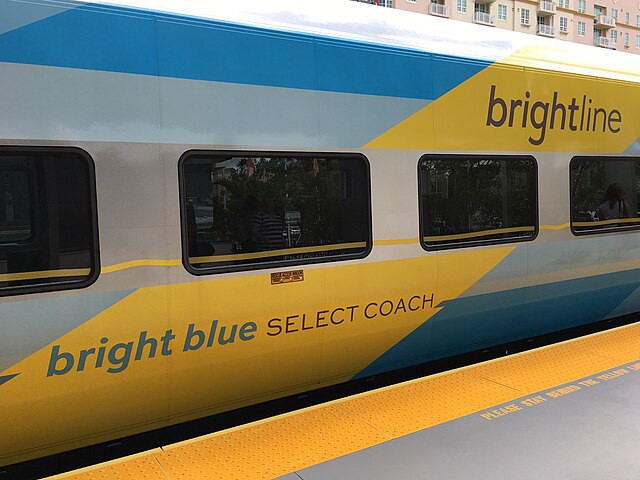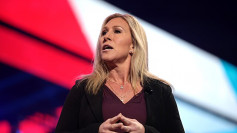The ambitious construction of America's first true high-speed rail line between Los Angeles and Las Vegas officially commenced this Monday, signaling a major leap forward in U.S. transportation. Spearheaded by Brightline West, the $12 billion project promises to drastically reduce travel time between these two iconic cities, offering a swift, two-hour journey across the Mojave Desert.
The rail line will extend over 218 miles from a newly planned terminal in Rancho Cucamonga, California, to a station just south of the Las Vegas Strip. Brightline aims to complete the project by 2028, aligning its launch with the Los Angeles Summer Olympics. This strategic timing is expected to maximize the rail's utility for an international audience, showcasing a landmark advancement in American infrastructure.
U.S. Transportation Secretary Pete Buttigieg marked the groundbreaking ceremony, highlighting the federal backing that includes a $3 billion grant from infrastructure funds and authorization to sell an additional $2.5 billion in tax-exempt bonds. This project not only reflects significant governmental support but also a robust confidence in high-speed rail's potential to revolutionize intercity travel in the United States.
Wes Edens, the founder and chair of Brightline Holdings, articulated the vision behind the project, stating, "We are laying the foundation for a new industry." This initiative is expected to draw about 11 million passengers annually, with forecasts suggesting 30,000 travelers each day will opt for this high-speed alternative over the arduous four-hour drive or more costly flights.
The trains, designed to reach speeds of up to 186 mph, will offer amenities including restrooms, Wi-Fi, and food and beverage services, mirroring the comfort and speed of Japan's famed Shinkansen bullet trains. With the capability to cut the current travel time by half, Brightline West is setting a precedent for future U.S. rail projects.
This high-speed rail is part of a broader vision by Brightline to connect U.S. cities that are too close to justify air travel yet too far for convenient driving. The existing Brightline service between Miami and Orlando demonstrates the viability of such projects, operating at speeds up to 125 mph and significantly easing travel across Florida.
Las Vegas, a magnet for Southern Californians, witnesses significant travel congestion, with over 44,000 automobiles crossing the state line daily in 2023. The new rail line aims to alleviate this congestion, offering a seamless travel option that is both time-efficient and environmentally friendlier than car or air travel.
However, the project is not without its challenges. Similar initiatives in the U.S. have faced hurdles such as funding disputes and logistical complications. For instance, California's proposed rail line between Los Angeles and San Francisco has encountered escalating costs and routing issues since its approval in 2008.






